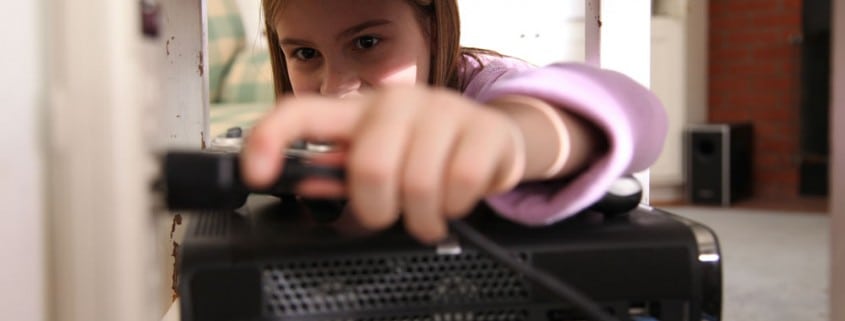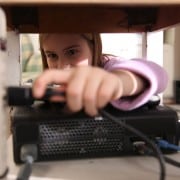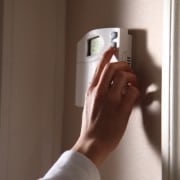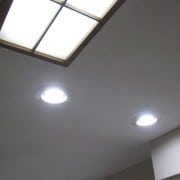Saving energy on entertainment
Many homes boast TVs and sound systems that can rival any football stadium and many movie theaters. People can save hundreds of dollars a year by watching movies at home rather than going to the local theater. Luckily, there are simple steps to saving even more money if you manage the power consumption of your home entertainment system.
Many of the devices in your home entertainment system and your computer system use energy when they are turned off. This is commonly called parasitic load or vampire load. According to Lawrence Berkeley National Laboratory, the average home loses 8 percent of its monthly energy consumption to these energy vampires.
Your devices use power when turned off because the electronics inside the devices are still working. What these devices are doing and the amount of energy used when turned off varies. It could be that they are remembering the last channel that you viewed, remembering the language you speak or trying to turn on faster. Devices such as TVs and DVD players will often have power settings in the setup menu. Try to find that menu and adjust the settings to save more power. Generally this will cause the device to take a few more seconds to start. Many manufacturers have power settings turned off by default.
Microwave ovens and alarm clocks, which use relatively small amounts of standby power, are acceptable to leave plugged in. A digital video recorder (DVR) uses a fairly significant amount of power when turned off, but if you record programs frequently, you will want to leave it plugged in too.
You don’t have to worry about unplugging items with mechanical on/off switches, such as lamps, hair dryers or small kitchen appliances like toasters or mixers―they don’t draw any power when turned off.
How do you slay other energy vampires? Try plugging household electronics like personal computers, monitors, printers, speakers, stereos, DVD and video game players and cell phone chargers into power strips. Not only do power strips protect sensitive electronic components from power surges, but you can quickly turn off several items at once.
Of course, using a power strip is a manual process and is an all-or-nothing option. A variation on the power strip is the “smart strip.” Smart power strips allow you to plug devices into a specially marked section of the power strip so they will still have power when turned off. Other devices that can be turned off safely are plugged into the rest of the strip. This allows you to turn off parts of a home entertainment system, such as the stereo, DVD player or home theater audio system without losing the ability to record programs to a DVR or having to reprogram the television every time you want to watch a show.
Of course, there’s always a catch. Some devices use standby power to make life more convenient. If you unplug your television or cable/satellite receiver box, what happens? When plugged back in, the TV or box usually will have to run its initial setup program. Depending on the particular device, it could take up to 20 minutes for channels to be recognized or for the user to reset preferences, which isn’t something most people are willing to do every day. For these devices, look for the Energy Star label. If your cable or satellite box doesn’t have it, call your provider and request a new one. Make sure they give it to you for free. TV providers want to keep your business, and they most likely will not let you change providers over something simple, such as a new cable or satellite box.
Entertaining doesn’t have to drain your budget. The money saved by eliminating the energy vampires in your home may be enough to go out and see a movie. But it may still be not enough to afford that extra-large popcorn!
Brian Sloboda is a program manger specializing in energy efficiency for the Cooperative Research Network, a service of the Arlington, Va.-based National Rural Electric Cooperative Association.
The Cooperative Research Network monitors, evaluates, and applies technologies that help electric cooperatives control costs, increase productivity, and enhance service to their consumers.










